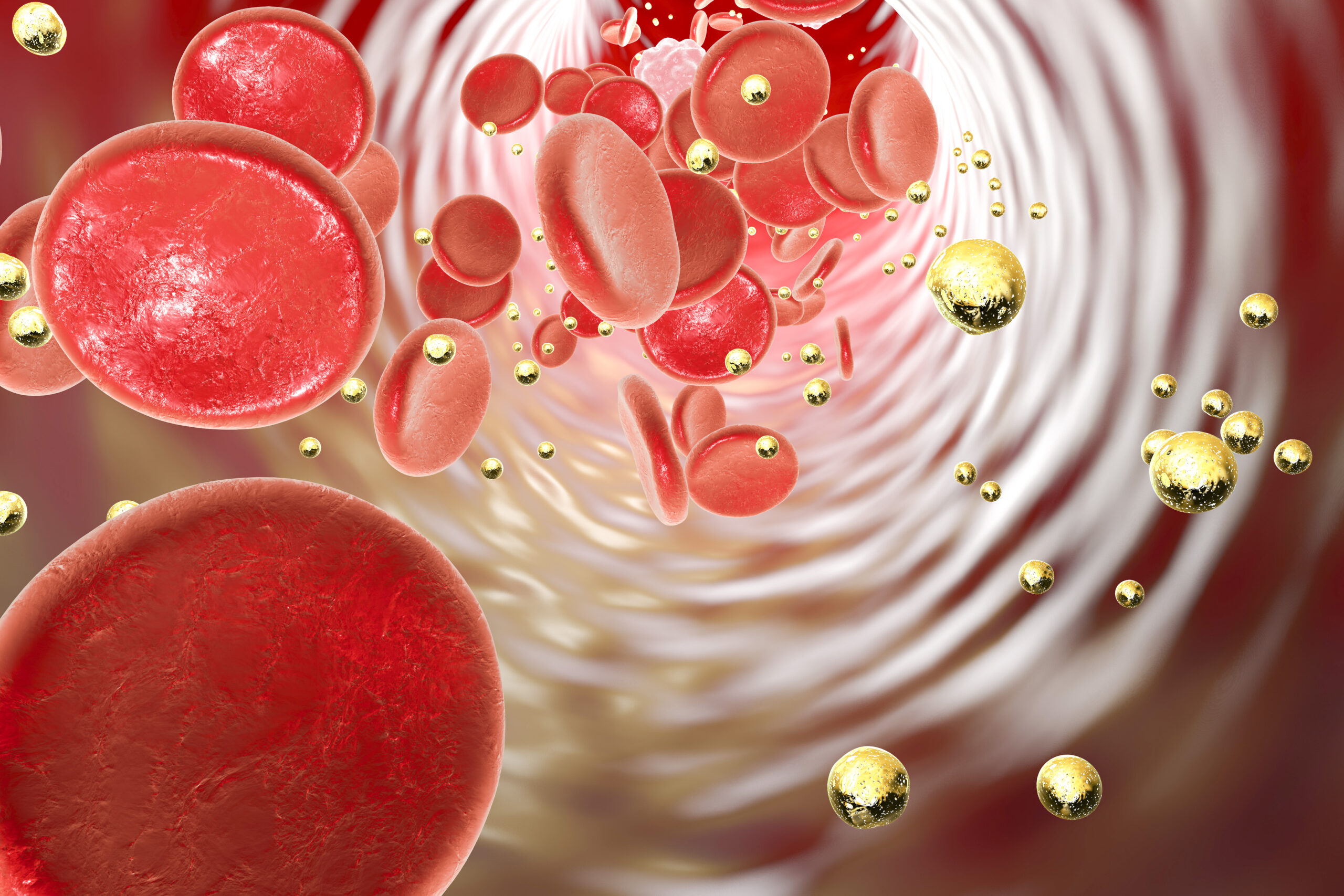Broken bones are a pretty commonplace occurrence nowadays. In fact, most people will experience an average of two broken bones during the span of their lifetime. However, these injuries are more dangerous than they seem, especially for the aging population. As people get older, they lose their body’s natural ability to heal and repair bones. Many people develop osteoporosis, a condition in which bones become too weak and can break even during minor falls. This means when the aging population breaks a bone, they often need surgery and metal plates or screws to have it fixed. The process of fixing broken bones is also very expensive; it costs the US economy $20 billion annually. There is a lot of interest in trying to find new and innovative ways to heal bone fractures and breaks. In fact, stem cells have recently emerged as a possible treatment for broken bones.
Close up of a human stem cell.
Image Source: Science Photo Library – SCIEPRO
Most of the time, different cells in your body have specialized functions. For example, a skin cell is designed to protect your body and heal scrapes, while a brain cell is designed to help transmit signals in your brain. Stem cells, however, are special because they have the potential to turn into almost any kind of cell you want. In the case of broken bones, certain stem cells can attach to the existing bone and create a graft that helps heal the break. The only issue is that it can be hard to find exactly where these stem cells are in your body. Stem cell harvesting is a fairly invasive procedure, so doctors want to be sure that they’re looking in the right spot.
Researchers at the University of Southampton recently developed a new procedure in which they use gold nanoparticles to find stem cells in the human body. Gold nanoparticles are tiny spheres made up of millions of gold atoms and coated in DNA oligonucleotides, which are are short segments of DNA that are designed to only connect with matching RNA molecules on stem cells, like complimentary puzzle pieces. The gold nanoparticles are able to seek out the stem cells by finding this matching RNA and attaching itself to the cells. Once attached, the nanoparticles let off a fluorescent glow that allows scientists to identify exactly where the stem cells are in the body.
Gold nanoparticles are gold atoms coated in DNA oligonucleotides.
Image Source: Science Photo Library – SCIEPRO
This new method was much quicker and simpler than past methods for finding stem cells. Additionally, the researchers found that the stem cells they harvested were 50-500 times more enriched than stem cells harvested using other methods. This meant that they were much stronger and healthier, and would even repair bones significantly faster. These findings were extremely promising, and in the near future, stem cells may even replace casts and metal implants as the standard of care in bone repair!
Featured Image Source: Kateryna_Kon










